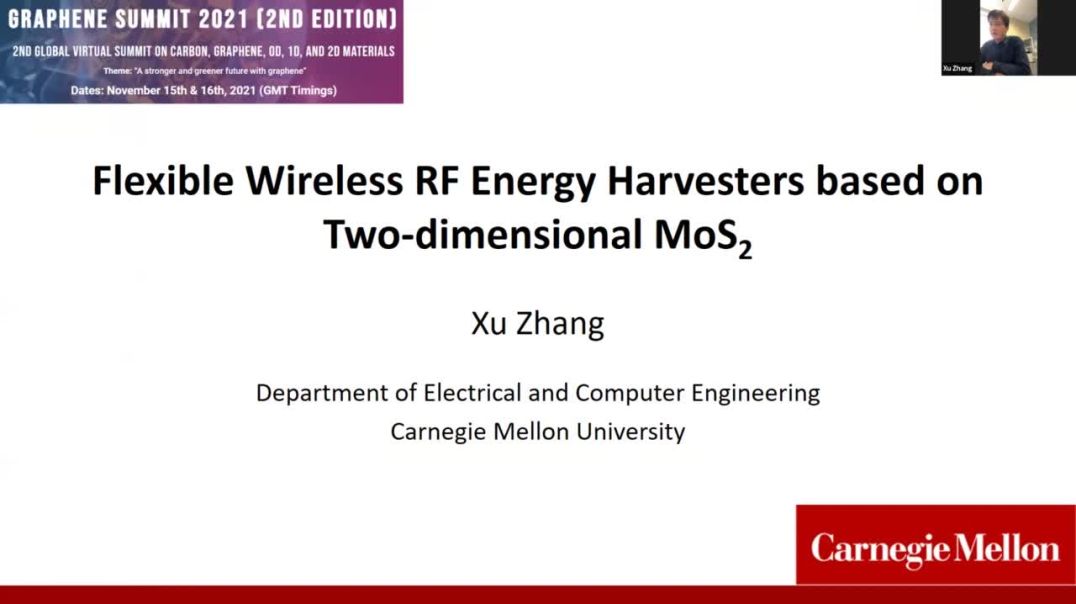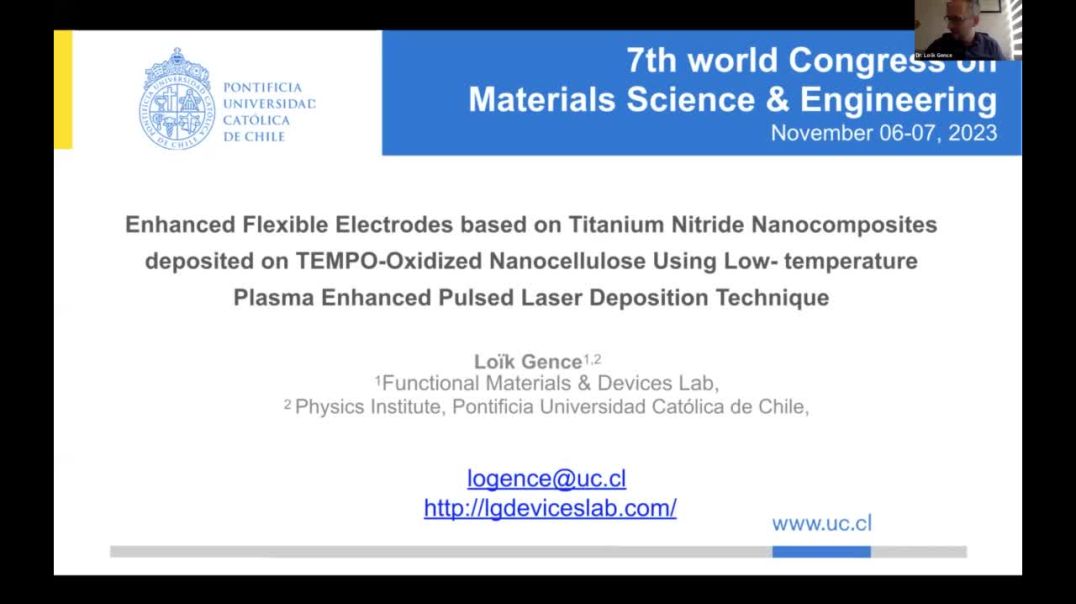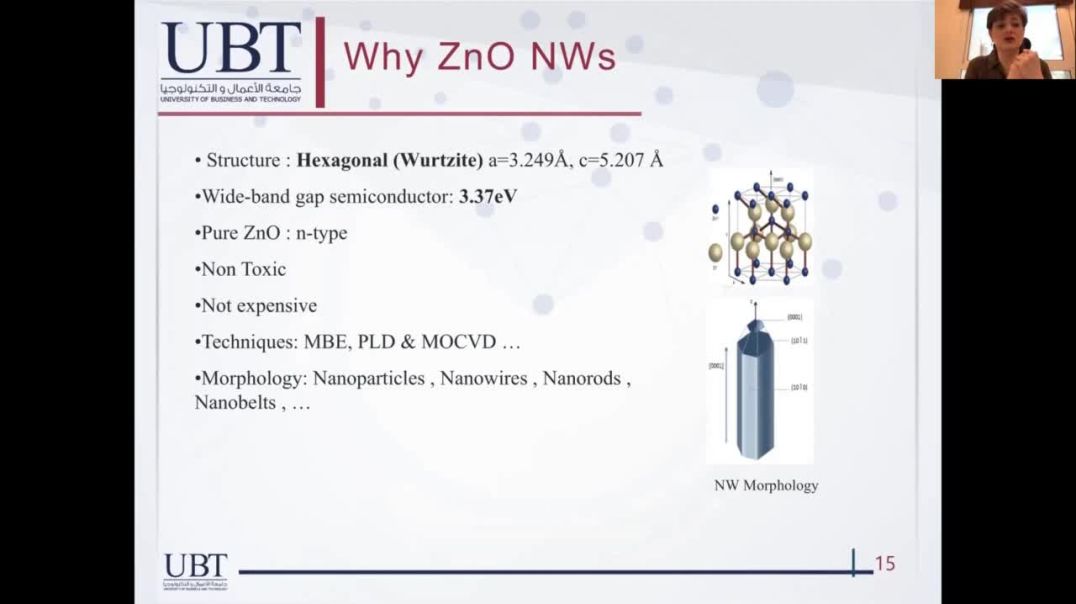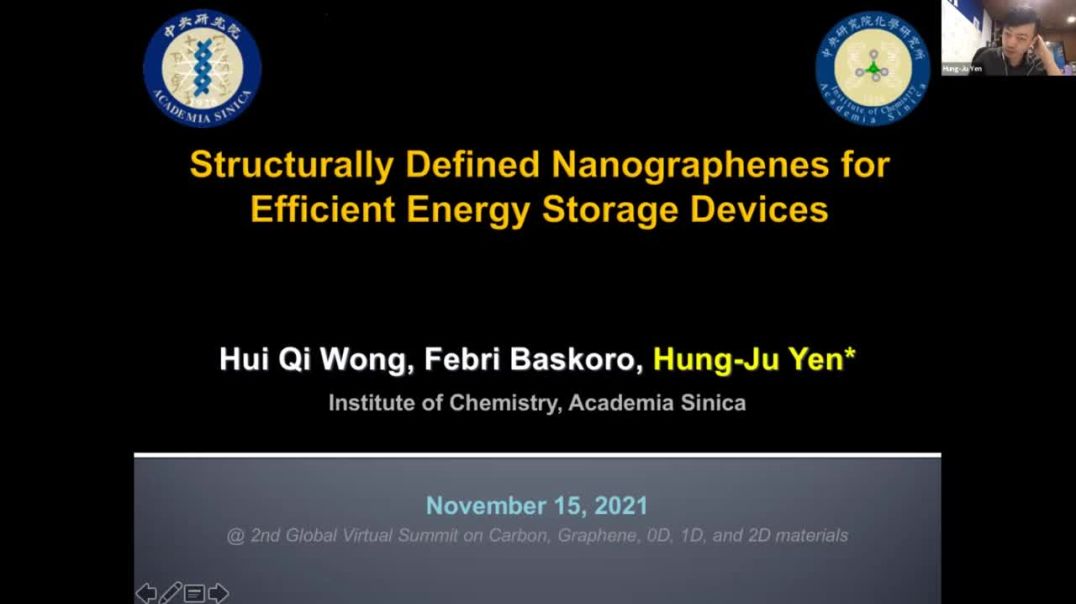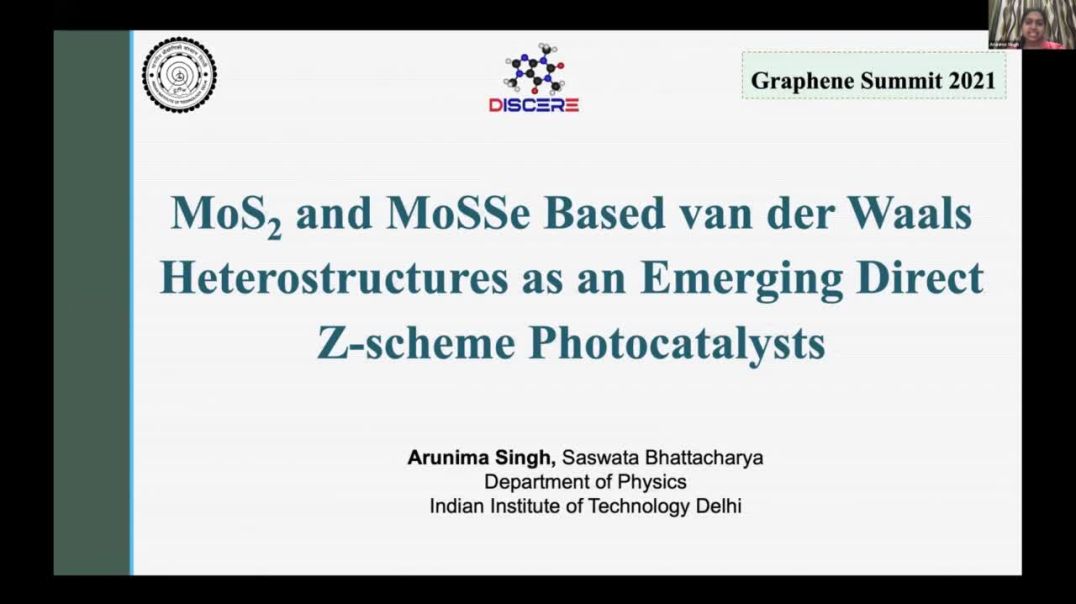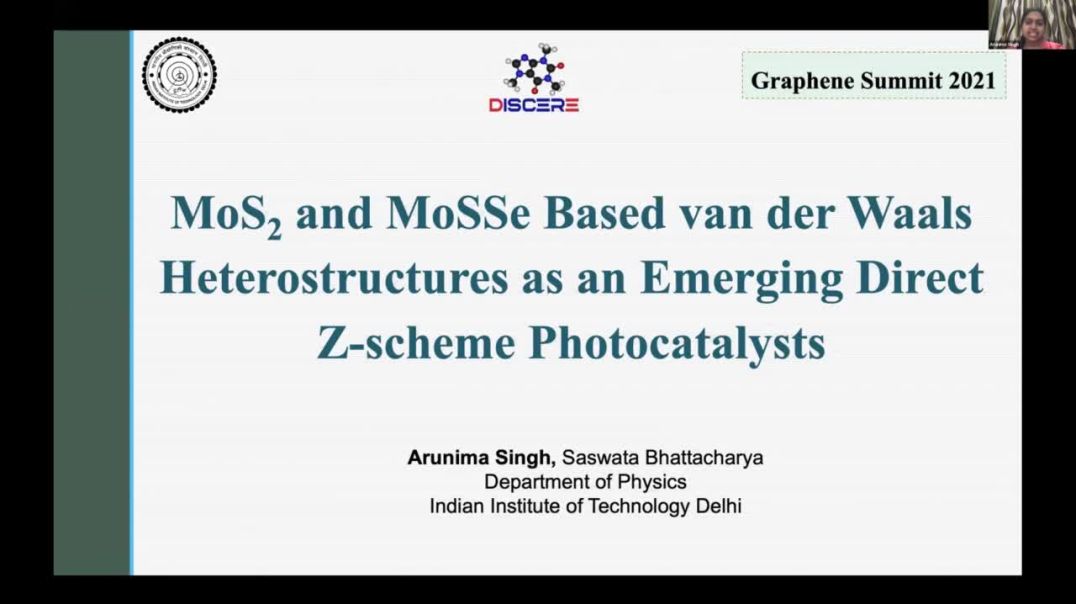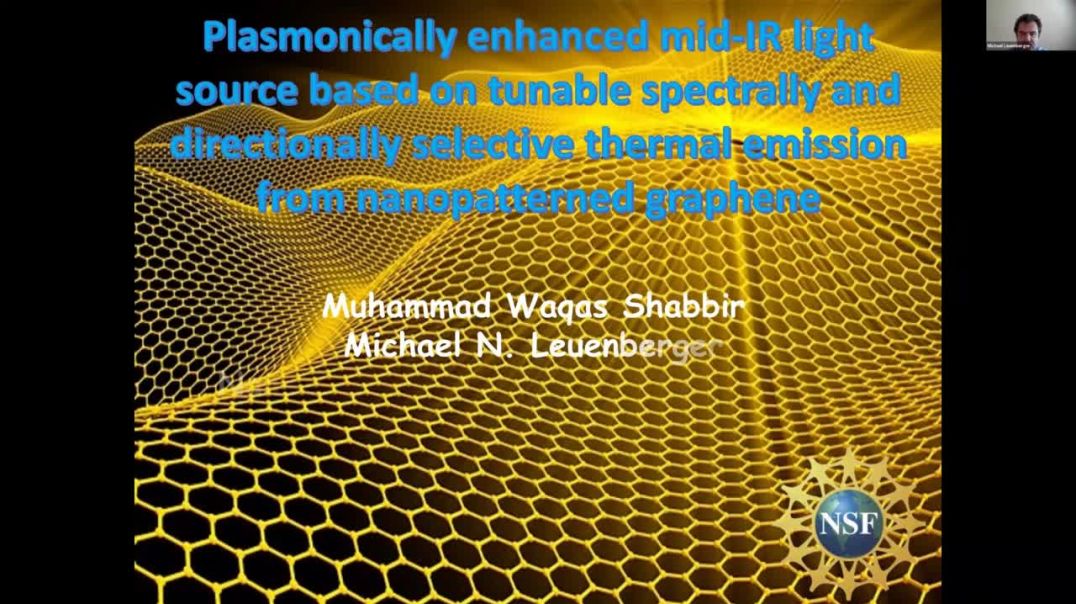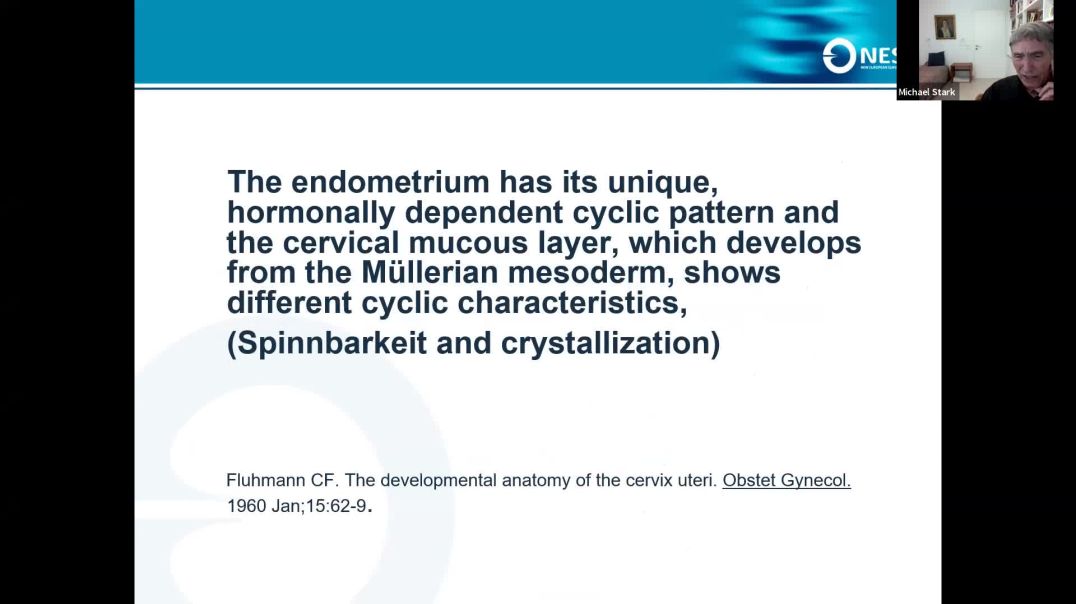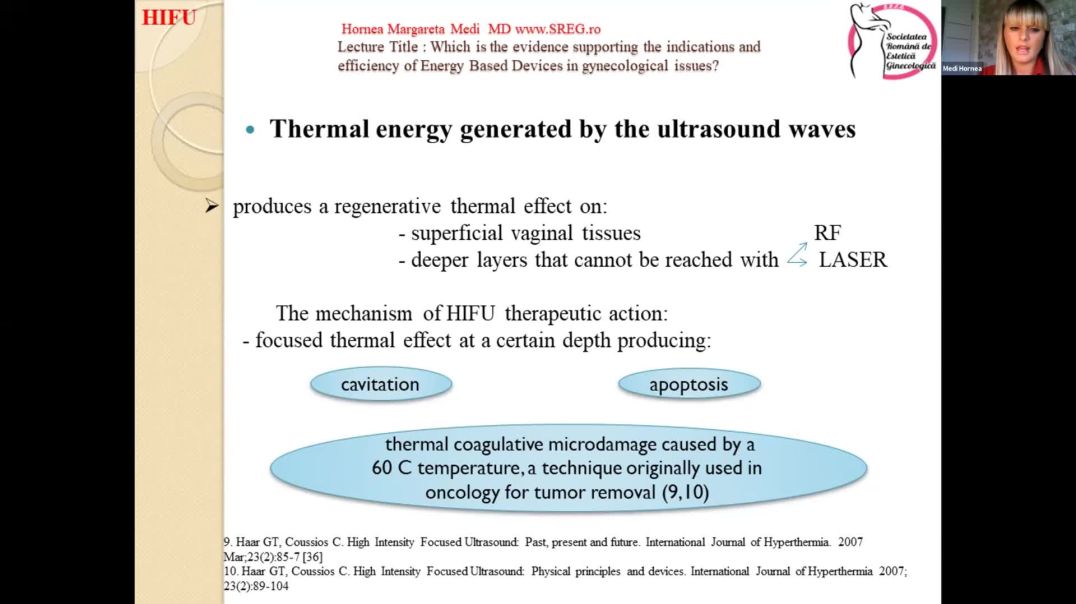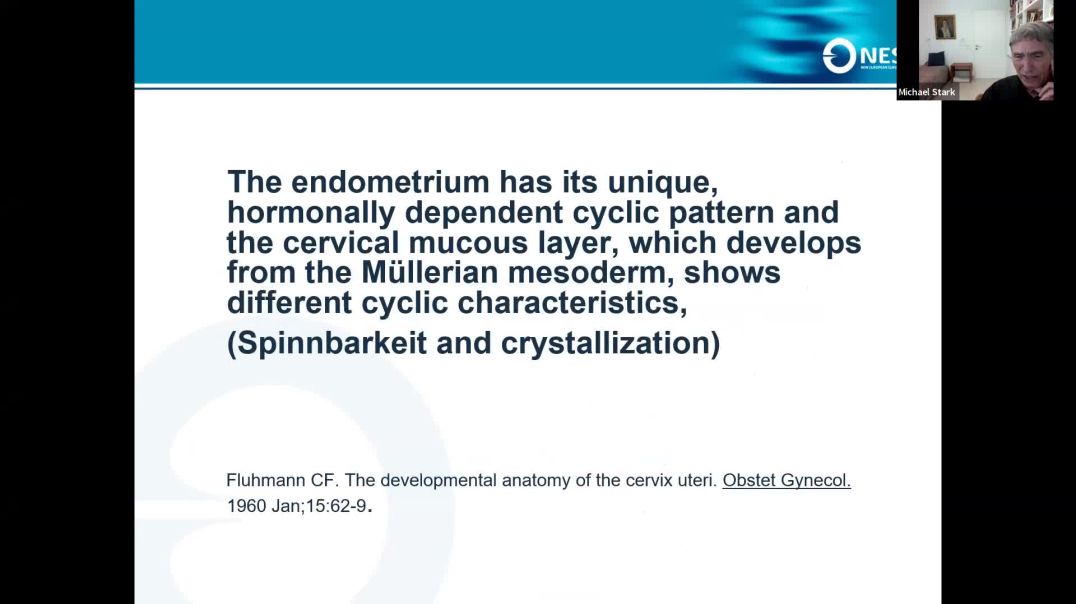Flexible wireless RF energy harvesters based on twodimensional MoS2 | Xu Zhang
Summary :
Atomically thin 2D materials have attracted tremendous attention as a promising candidate to build flexible electronics that can be integrated with objects with arbitrary shapes and inspires a vision of distributed ubiquitous electronics. Despite recent advances in two-dimensional materials-based electronics (e.g. 2D materials-based transistors, memory devices and sensors), a ubiquitous and flexible energy harvesting solution is necessary, but still missing, to enable a self-powered system. At the same time, the electromagnetic (EM) radiation in the Wi-Fi band (2.4 GHz and 5.9 GHz) is becoming increasingly ubiquitous and it would be beneficial to be able to wirelessly harvest it to power future distributed electronics. However, the rectennas (i.e. RF energy harvesters) based on flexible semiconductors have not been fast enough to cover the Wi-Fi band due to their limited transport properties. Here we present a unique MoS2 semiconducting-metallic phase heterojunction, which enables a flexible and high-speed Schottky diode with a cutoff frequency of 10 GHz. Due to a novel lateral architecture and self-aligned phase engineering, our MoS2 Schottky diode exhibits significantly reduced parasitic capacitance and series resistance. By integrating the MoS2 rectifier with a flexible Wi-Fi band antenna, we successfully fabricate a fully flexible rectenna that demonstrates direct energy harvesting of EM radiation in the Wi-Fi band with zero external bias (battery-free). Moreover, taking advantage of the nonlinearity of the MoS2 Schottky diode, a frequency mixing in the gigahertz range is also successfully demonstrated on flexible substrates.
About Author :
Prof. Xu Zhang is currently an assistant professor in the Department of Electrical and Computer Engineering (ECE) at Carnegie Mellon University (CMU). He received his PhD and Master’s degrees in electrical engineering from Massachusetts Institute of Technology (MIT) and a bachelor’s degree in physics from University of Science and Technology of China (USTC). Dr. Zhang’s research interests are to enable new paradigms of electronic and optoelectronic devices and their system-level integration, by leveraging the unique properties of atomically thin 2D crystals and other emerging nanomaterials.
